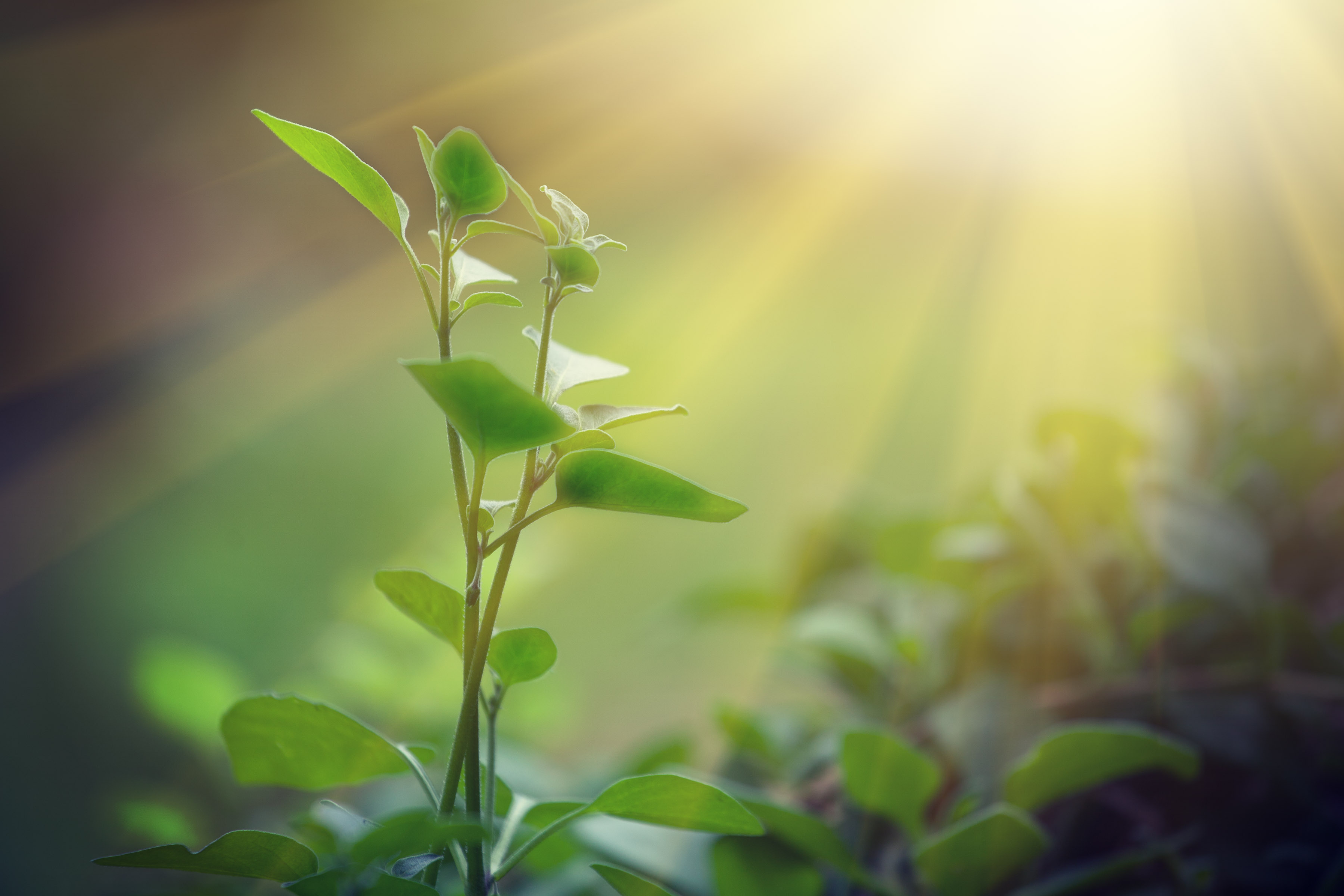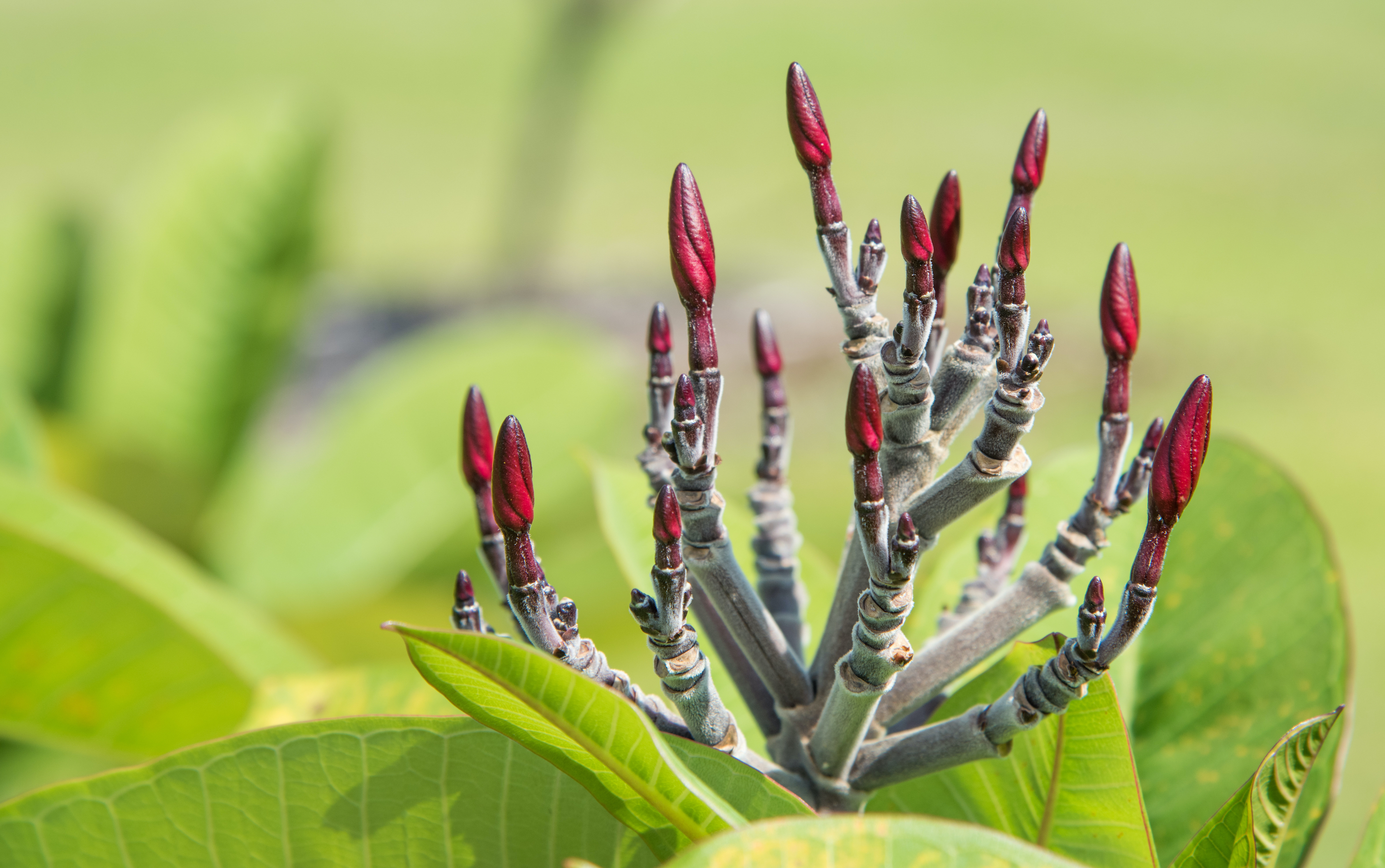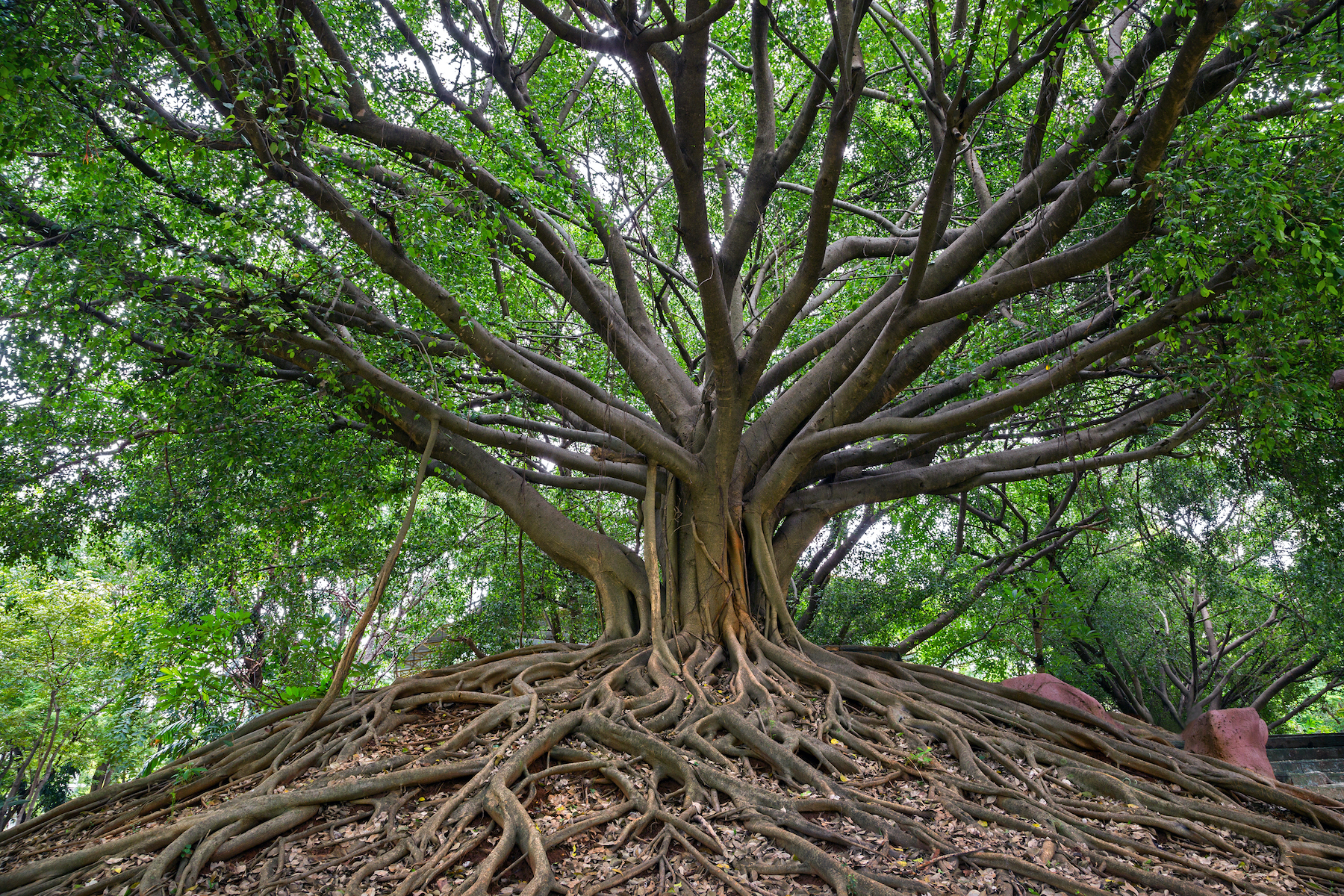If you open any botany handbook, even those found in primary schools, you will read that the world we are inhabiting is made possible by photosynthesis. Photosynthesis is the main metabolic dynamism of vegetable life in a double sense. Through metamorphosis, plants release oxygen and contribute to the Earth’s atmosphere, which is made up of around 21% oxygen. Secondly, through the same process, plants are able to capture sunlight, which is the most important source of energy on our planet, and to store it as chemical bonds within the mineral flesh of our planet to make it available for other living forms. This simple fact tells us a lot about the world we live in.
Through their very existence – without making anything, without having hands – plants radically transform the so-called natural environment around them. This is interesting because it proves that there is no such thing as a natural environment. Every place on Earth is modified by living beings, and every living being, conversely, is able to modify the world on a local and a global level. In a way, living beings are producing the world, so they show that the world is an artefact. It is something that is artificially produced by living beings. That’s why our planet is actually so vulnerable.
How life shapes the environment
Typical narratives define the environment as a pre-existing set of conditions that every living being has to adapt to and that shapes the life of all living beings. However, we also see that this very environment changes because of the action of human beings. We call these transformations “pollution” or “dangerous”. But this way of seeing things is wrong, first of all, and also extremely perverse.
When the Earth was formed 4.5 billion years ago, it was impossible to live on that planet. It was because of the actions of billions of billions of individuals chiseling this block of stone that the Earth became inhabitable. In a way, Earth wasn’t made for hosting life. It’s the other way around. It’s life that worked on this block of stone in order to make it liveable for many different forms of life.
The structure of a plant body is totally different to that of an animal in two important ways. First, plants are much more metamorphic than animals because they are able to change their shape constantly. Normally, an animal takes a form and keeps this form for life, only changing in size, whereas the life of a plant is a constant metamorphosis. Think of a tree: a tree has to add parts to its body every spring. It is as if we had to grow a head or a leg every year, and we had to think about what new form to give ourselves each time. Plants are like body artists that are constantly occupied with this question of how to become.
Secondly, unlike animals, plants do not have to build interior spaces. Since the beginning of our lives, we animals produce interior space, and everything happens within those inner spaces: thinking, digesting, breathing. Plants are very superficial forms of life in the sense that their most important metabolic process is photosynthesis. They need to capture sunlight and carbon dioxide. That’s why they have to multiply their surfaces.
The leaf is this very interesting machine of producing and multiplying surfaces. It is testimony to the fact that a vegetal body is a body of surfaces, not of interior spaces. The leaf is also the theatre of photosynthesis; it makes breathing possible. Every time that we breathe, we take a part of the body of the world and transform it into a part of our body. At the same time, we reject a part of our body and transform it into a part of the world. In a way, respiration is a dance where subject and object, world and ego, are switching their positions.
Roots are an interesting part of the body of plants because they show that every plant is an amphibious form of life. Thanks to their roots, plants live in two different environments at the same time; they live two different lives. In one part of the body, plants are trying to resist gravity, stretching vertically toward the sun. In the other part, they are accompanying gravity, heading toward the centre of the Earth. Plants are therefore divided by these two opposite lives.
In a way, roots are the secondary element and not the fundamental element of a plant’s life. This shows that our real basis, our real ground, is not mineral soil. The ground of our life is the sun. The very condition of the possibility of life on Earth is the sun. We have never really been Copernican; we have never accepted that the centre of our existence is not the Earth but the sun. Perhaps we should finally accept that we are living in a world where the sun, the star, is at the centre, not just in an astronomical sense but also in an energetical sense, and also perhaps in a much more spiritual sense.


